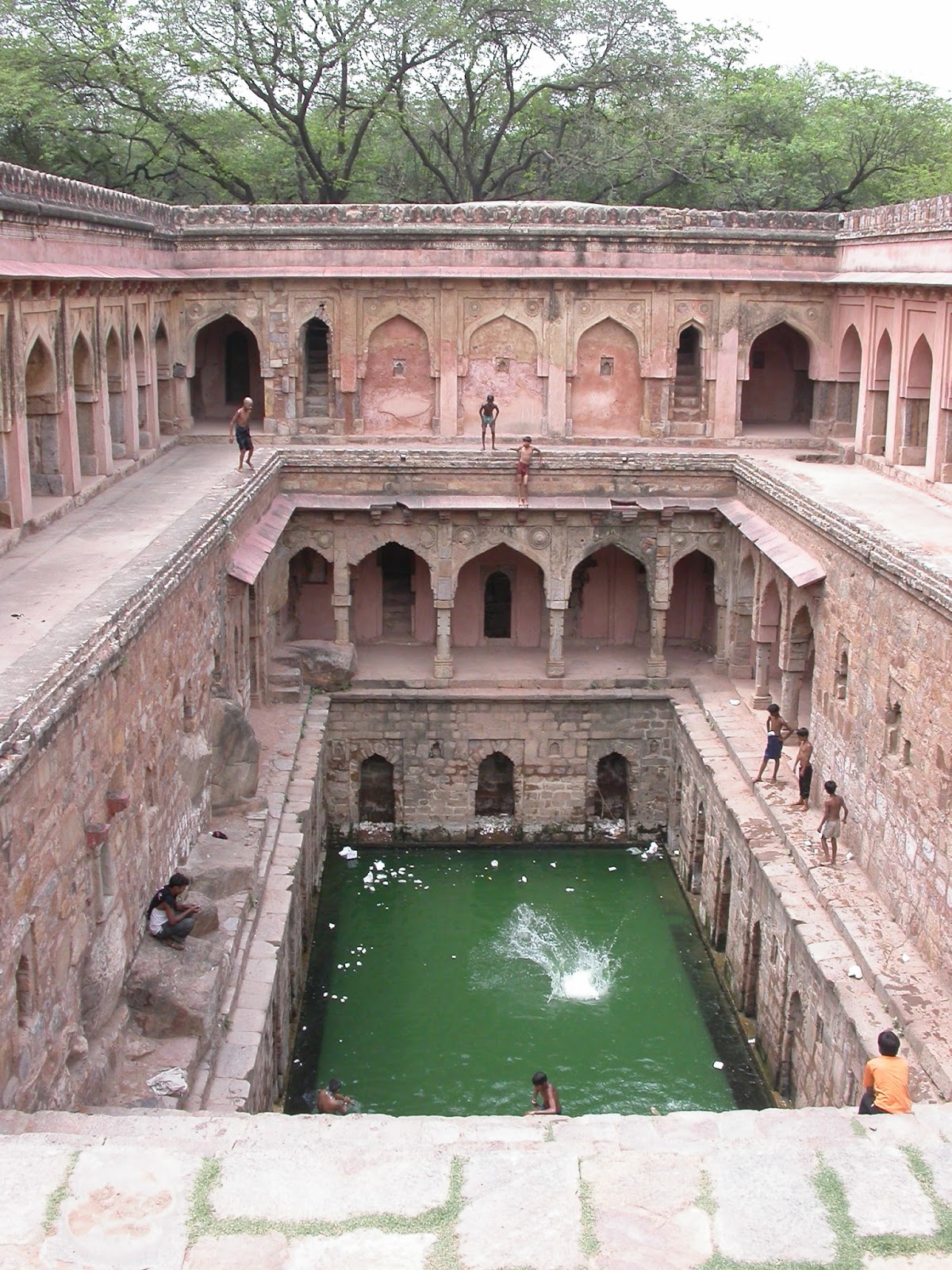Many have heard of the Lady in Black who was seen at Hollywood Memorial Park Cemetery, now known as Hollywood Forever Cemetery.
It was here where a
mysterious woman wearing all black was seen placing a bouquet of red roses by Rudolph
Valentino’s tomb each year on the anniversary of his death.
But what most do not know is
when this woman died, it didn’t prevent her from returning to Valentino’s tomb.
Ditra Flame
Ditra Flame’s mother was a good friend of Rudolph Valentino, a silent screen star and America’s first sex
symbol.
 |
| Rudolph Valentino |
Ditra Flame * and Valentino became
friends when she was a young child. She was sickly and spent many days
confined to a hospital bed.
Her mother devastated by her
daughter’s condition encouraged Valentino to visit Ditra in the
hospital.
He did exactly this. Each
time Valentino would visit Ditra, he would bring a single red rose. After giving
her the rose, he would sit by her bedside, talk to her, and hold her hand.
Ditra loved how Valentino’s
smelled of cologne and the tobacco he smoked. As Ditra grew up, she never forgot
Valentino’s kindness or a promise she made to the actor.
During one visit Valentino
had said to Flame, “If I die before you do, please come and stay with me. I
don’t want to be alone either, promise you will come and talk to me.”
As it turned out, Valentino
did die before Ditra. He passed when he was only 31 years old. I wrote about
Valentino’s tragic death and where his ghost is seen in another post here.
* Ditra’s last name Flame is pronounced with two syllables “Fla--may.”
Lady in Black
Ditra was heartbroken when
Valentino died. She remembered her promise and was determined to keep her word.
Starting in 1926, Flame went
to Hollywood Memorial, dressed all in black. She placed red roses at
Valentino’s tomb.
 |
| Ditra Flame in Aug. of 1953 |
For years, Flame returned to
the cemetery grief-stricken holding red roses and wearing all black on the
anniversary of Valentino’s death. Her visits started to attract media
attention.
By 1947 this attention
annoyed Ditra so much she finally stepped forward and told her story. She hoped
this would allow her some peace, but she was mistaken.
In 1954, with a media circus
surrounding her visit, Flame decided she would not return the next year.
In 1977, minus her black garb
but still holding red roses, she returned once more.
Ditra Flame died in 1984, her
tombstone in San Jacinto, California, simply reads, “Lady in Black.”
Several women wearing black in recent years have continued to visit Valentino’s grave to place red roses, but Ditra Flame’s
ghost has been seen kneeling at his tomb since her death.
Flame’s Ghost
Witnesses have reported after
seeing her ghost, there are always fresh red roses in the wall vases that mark
Valentino’s tomb.
Here is one 1st
person account.
Joan drove to meet a friend
for lunch in Los Angeles. Her friend canceled but not wanting to return to her
home in the San Fernando Valley during the rush hour she decided to explore
Hollywood.
On impulse, she drove to
Hollywood Forever Cemetery, she had heard several stars were buried there.
Once in the cemetery, she made
her way to the Cathedral Mausoleum. She wanted to see the final resting place
of Rudolph Valentino.
When she entered, she found the
marble filled hall was deserted. Despite being alone, she couldn’t shake the
feeling that someone was watching her.
 |
| Rudolph Valentino Tomb |
She walked down the hall and
found Valentino’s name on a plaque. The two vases that hung on either side were
empty. For some reason, this made her feel sad. She ran her hands across the
raised letters and turned to leave.
Out of the corner of her eye, she saw a dark shadow, but as she glanced to the side, it disappeared. She
stopped to see if she could hear footfalls but all was quiet.
Becoming afraid she proceeded
toward the entrance but stopped when she saw the shadow once more. As it brushed passed her, she felt it push her arm.
Again, when she looked
nothing was there.
 |
| Mausoleum Hallway, arrow points to tomb |
Curiosity overtook her fear, and she headed back toward Valentino’s tomb. The vases that had been empty now
both held long-stemmed roses.
Not believing what she was
seeing she reached out to touch one of them to confirm it was real.
When she returned home she
did some research and discovered others had seen a phantom mourner at Valentino’s
tomb--they felt this was the ghost of Ditra Flame.
It left her wondering, was
the shadow she had seen and felt Ditra? Was she the one who left the roses?
While Ditra was still alive, other women pretended to be the real Lady in Black. Here are some of the imposters.
 |
| Click to enlarge. |











S.jpg)

S.jpg)











.jpg)












